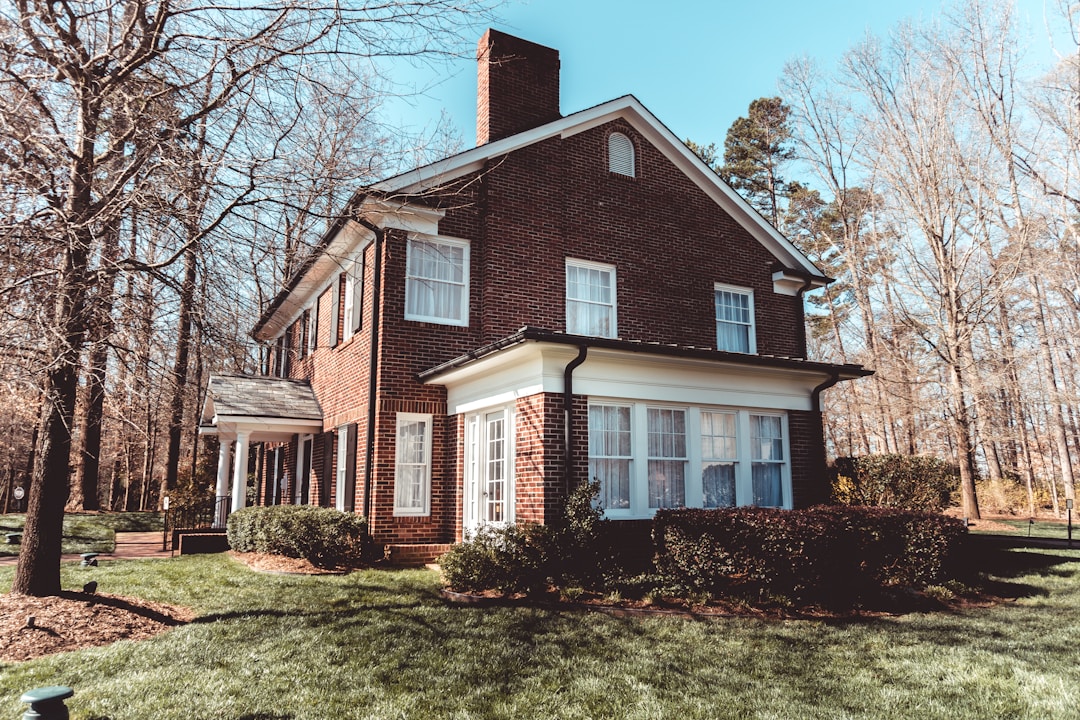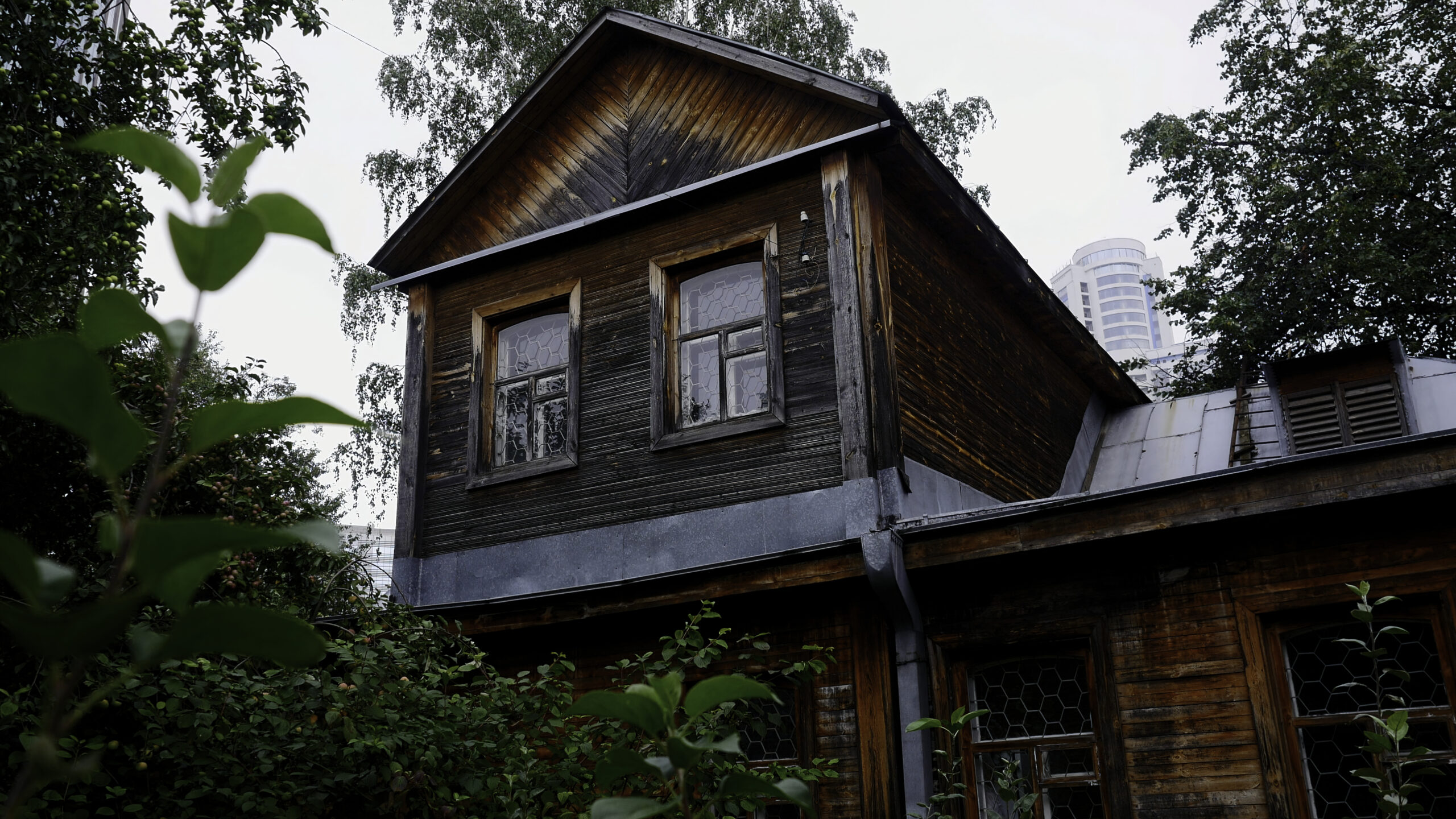Tips for Updating and Remodeling Your Old House
Remodeling an old house can be a pathway to creating your dream home, but it requires insight, careful planning, and a blend of reverence for the past and enthusiasm for modern livability. Whether you’re looking to restore the original character of your historic home or integrate contemporary conveniences, it demands a vision that accommodates both respect for tradition and the needs of today’s lifestyles. Below, we’ll guide you through the essentials of updating and breathing new life into your old home. Keep reading for a deep dive into the art of house transformation.
Assessing Your Home’s Needs Before Remodeling

Before you dive into the world of demolition and design boards, it’s crucial to conduct a thorough assessment of your home’s condition. This should include an investigation of structural integrity, electrical systems, plumbing, insulation, and potential hazards like lead paint or asbestos. Recognizing the extent of necessary repairs upfront can prevent surprises during the renovation process.
It’s equally important to consider the functional aspects of your home. Aspects like the flow of traffic through rooms, storage needs, and how well the current layout meets your lifestyle can inform your remodeling plan. Remember to think long-term; your needs may evolve, so plan for flexibility and adaptability.
Experts often recommend having your home inspected professionally. A contractor or architect can give you a detailed rundown of what needs to be updated and what can be maintained. These pros can also spotlight hidden issues that could blow your budget if not addressed early on.
Additionally, an assessment is the perfect opportunity to evaluate your home’s energy efficiency. Upgrading systems or improving insulation and window quality pay dividends in the long run through reduced utility bills and increased comfort. Working with professional hot water heater services, for example, can ensure that you have a quality hot water appliance that runs efficiently.
Prioritizing Renovations for Maximum Impact
Renovation projects should begin by addressing any structural concerns or system malfunctions, as these are the backbone of your house’s integrity. Once the essentials are in good shape, prioritize renovations by considering what will provide the most significant impact on your home’s value and your quality of life.
Kitchen and bathroom remodels are notorious for offering a favorable return on investment because of their importance in daily use and buyer appeal. However, ensure these upgrades don’t eclipse the home’s historic charm, which is a value in itself.
Exterior elements, like roof repairs or replacements, are also critical—they protect everything else you’ll be working on inside. Working with a professional awning repair service, for example, can help restore a worn-out awning and revitalize the facade of the home, improving both the aesthetic and functional aspects of outdoor living spaces.
Don’t overlook the less glamorous updates, either. Replacing old plumbing, updating electrical panels, or adding new HVAC systems are not visually dramatic but are vital for a safe and comfortable home environment for decades to come.
Blending Old Charm with Modern Upgrades

The allure of an old house often lies in its unique architectural features and historical character. Preserve these elements where possible, such as original woodwork, fireplaces, windows, or decorative moldings. These features often tell a story and contribute to the home’s unique personality.
However, modern living demands convenience and energy efficiency, so blend historical character with contemporary comforts. This could mean integrating smart home technology discreetly or selecting new materials that echo the style and era of the house but perform to modern standards.
Lighting, in particular, has a profound impact on both the functionality and aesthetic of a space. Opt for lighting solutions that highlight the home’s best features while providing the brightness needed for everyday tasks. Energy-efficient LED options can also maintain the warm glow that complements older homes.
Choosing the right colors and finishes can go a long way in harmonizing old and new. Subtle, period-appropriate colors can make modern additions feel like they’ve always been a part of the home while still evoking a fresh and updated feel.
Altogether, updating an old house is a rewarding process that benefits immensely from meticulous planning and an appreciation for the interplay between past and present. The keys to success lie in prioritizing impactful renovations and blending historic charm with modern functionality. These efforts result in a home that honors its history while catering beautifully to contemporary life.







